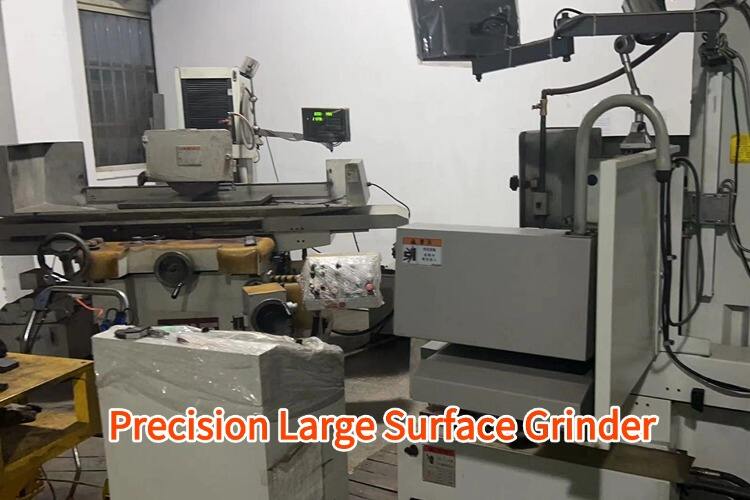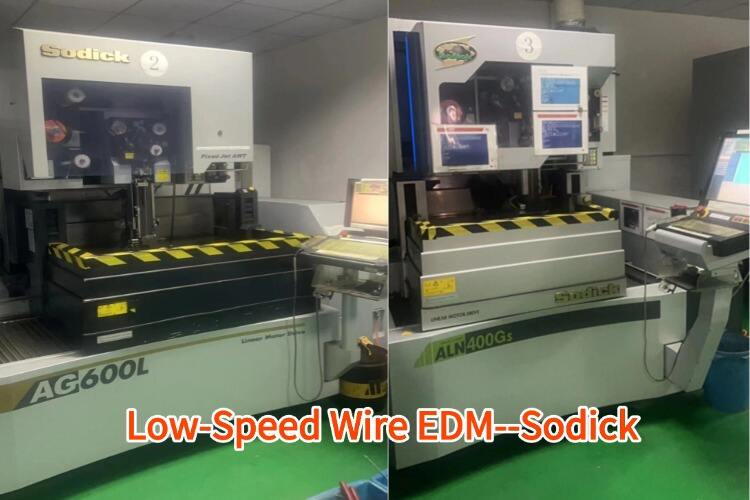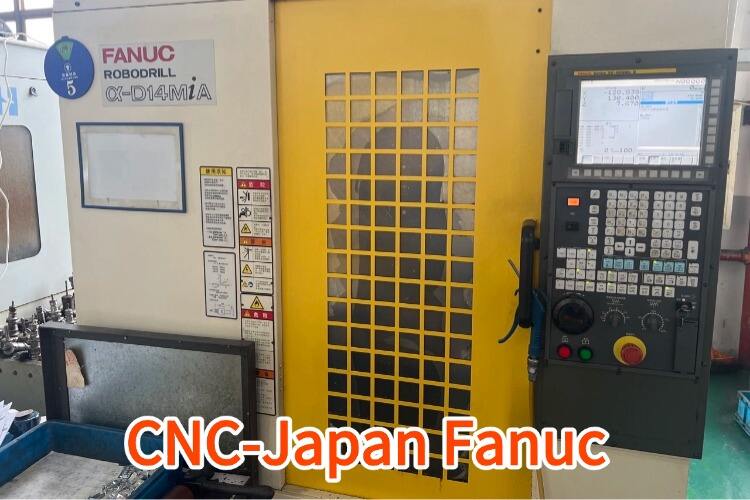metal stamping press
A metal stamping press is a sophisticated piece of manufacturing equipment designed to transform flat sheet metal into specific shapes through controlled force application. This versatile machine employs various dies and punches to perform operations including cutting, forming, bending, and deep drawing of metal components. Modern metal stamping presses incorporate advanced hydraulic or mechanical systems that deliver precise force control, ranging from a few tons to several thousand tons of pressure. The machine's frame is engineered to withstand immense forces while maintaining structural integrity and ensuring accurate alignment during operation. Key components include the ram, which moves vertically to apply pressure, the bed where dies are mounted, and sophisticated control systems that regulate the stamping process. These presses can be programmed for different stroke lengths, speeds, and pressure levels, making them suitable for both high-volume production and specialized manufacturing needs. The technology enables manufacturers to produce complex metal components with exceptional precision and consistency, serving industries from automotive and aerospace to electronics and household appliances.


